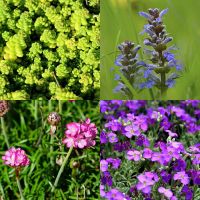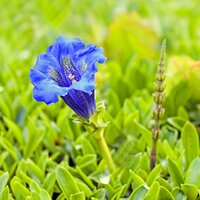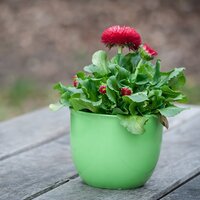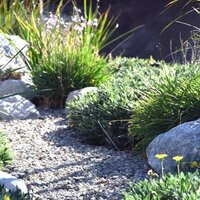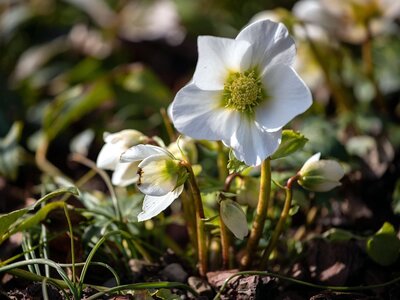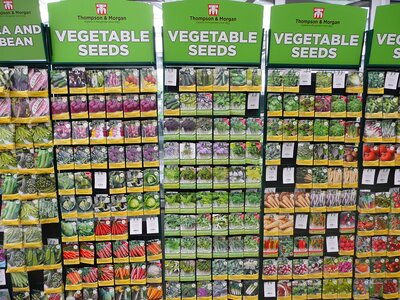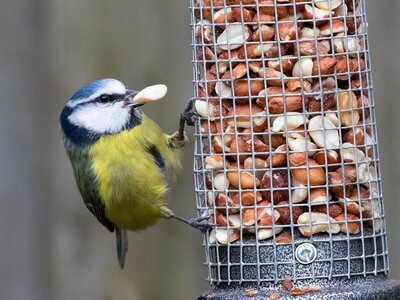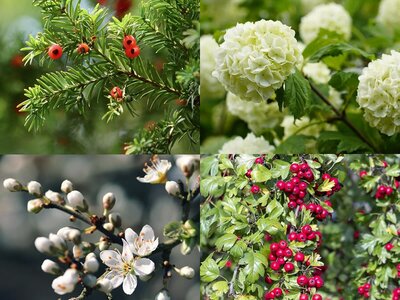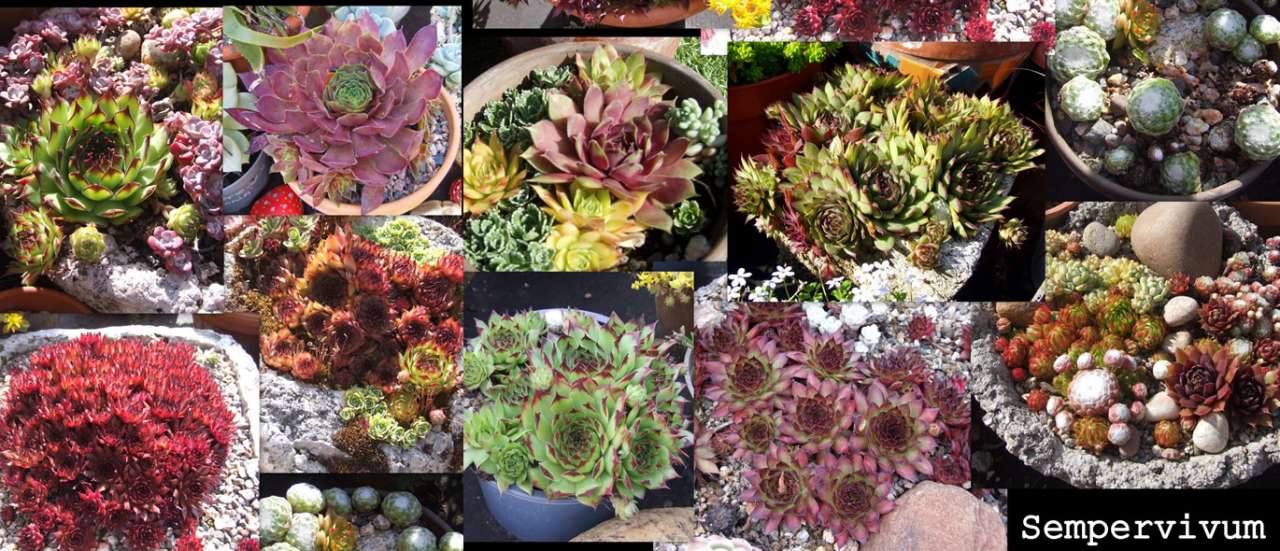 One of my favourite plants to grow is the often-overlooked Sempervivum (or 'houseleek') and its close relatives, all of which are typically classified under the same name. Jovibarba is often seen in sempervivum mixes, and though some may look very like Sempervivum, many are small ball-like plants which make dense colonies and are generally known to be more wet climate tolerant than your average Sempervivum, which prefer drier conditions in winter.
One of my favourite plants to grow is the often-overlooked Sempervivum (or 'houseleek') and its close relatives, all of which are typically classified under the same name. Jovibarba is often seen in sempervivum mixes, and though some may look very like Sempervivum, many are small ball-like plants which make dense colonies and are generally known to be more wet climate tolerant than your average Sempervivum, which prefer drier conditions in winter.
For this reason, very sharp and extreme drainage is better when growing them. Usually, as they are nursery-grown in peat or some moisture-retentive equivalent, this is what tends to rot them in winter, regardless of where they are planted. As a consequence I usually remove all compost after purchase and replant into very gritty soil mixes, mostly using terracotta or concrete pots, which dry out quicker. I have a roof terrace which is nearly 3 stories up and very exposed, which suits them very well as it simulates an alpine setting, especially as everything there is growing in pots also. I do find that placing them under cover or against walls or places where they tend to dry out better in winter helps.
Often, though, they get left out and look bedraggled in spring, but a sprinkle of Humber Palmer or equivalent brings them back into full growth for the season. Though they may take a little looking after in winter, in summer they can be ignored in hot weather, save for the odd bit of weeding. Without a doubt for variety of size and colour, I think they are excellent performers in pots for giving that cacti & succulent look easily and far cheaper than many other plants like echeverias which have to be brought indoors for winter.
Creating Sempervivum Container Displays
Sempervivums are particularly useful for creating colourful container displays for your outdoor space. Below are a few examples of displays I have put together and the beauty is that these kinds of displays can be created for any outdoor space, whether for a large garden patio, a rock garden or a small balcony, providing interest and colour all year round.
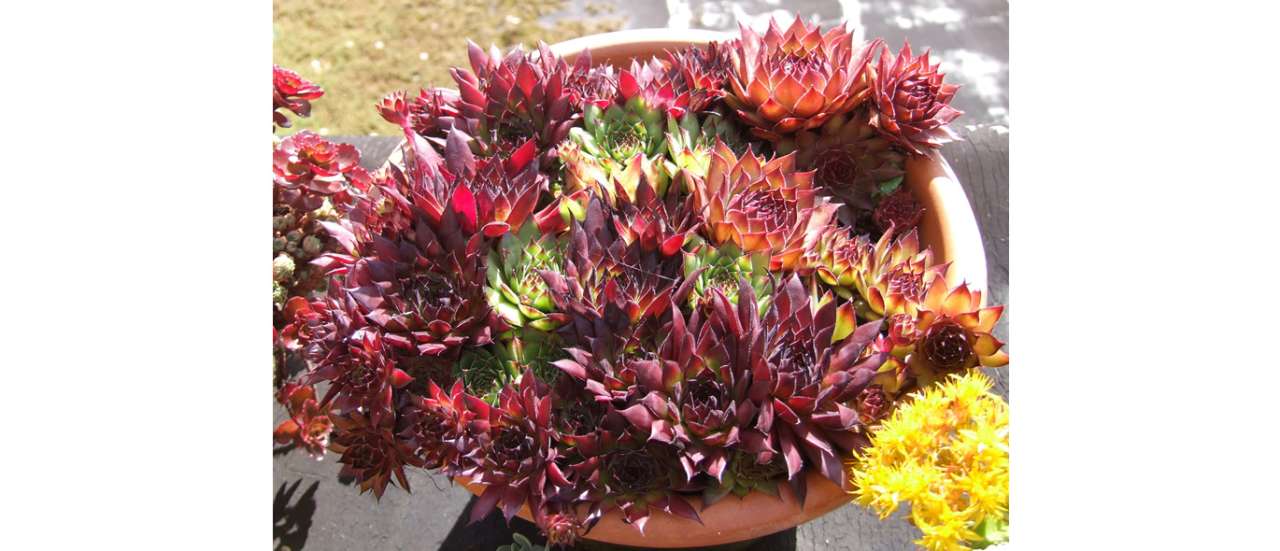 3 varieties of Sempervivums showing some of the colour range available
3 varieties of Sempervivums showing some of the colour range available
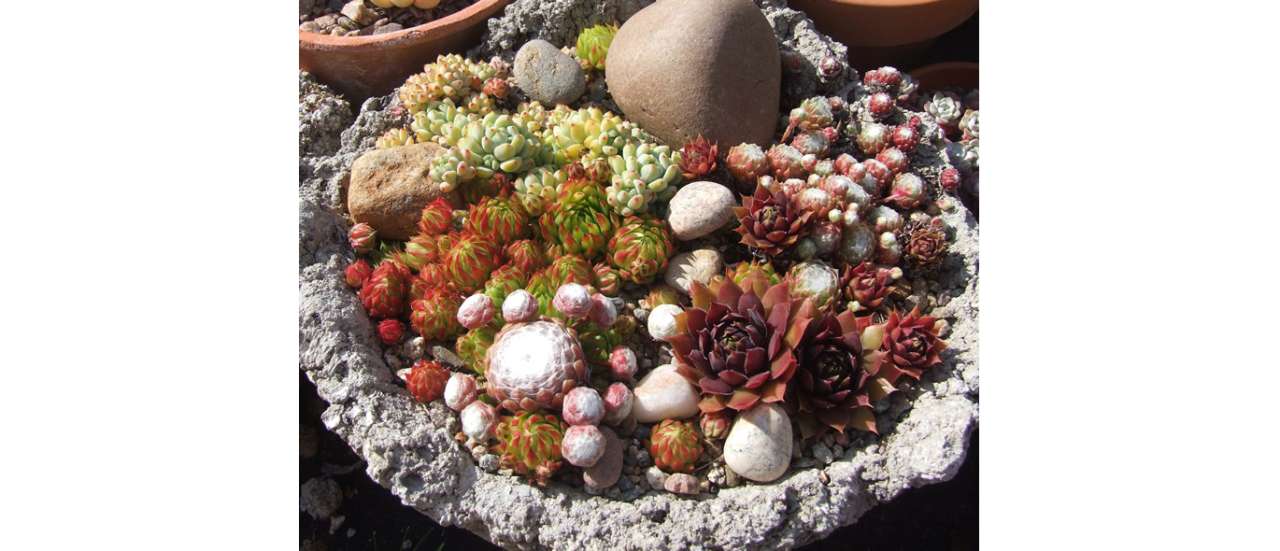
Above I have Jovibarba globifera heufelii on the left mixed with Sempervivums x 2 varieties & some Sedum Perezdelarosae on top left all in a hypertufa pot which dries out extremely quickly. This pot has to go under cover in winter, though they are all cold hardy, the sedum (from Mexico) cannot handle all our rainfall from October to March.
 Though I often grow Sempervivums alone or mixed, I particularly like the way they look in conjunction with other succulents with very different leaf shapes and colour as seen here in another shallow hypertufa pot grown with sedum spathulifolium purpurea. this pot stayed out all last winter and was fine. A glimpse of jovibarba alionii can be seen next to it on the left with its lime green globes which looks fantastic growing with dark red Sempervivums like 'Ohio'
Though I often grow Sempervivums alone or mixed, I particularly like the way they look in conjunction with other succulents with very different leaf shapes and colour as seen here in another shallow hypertufa pot grown with sedum spathulifolium purpurea. this pot stayed out all last winter and was fine. A glimpse of jovibarba alionii can be seen next to it on the left with its lime green globes which looks fantastic growing with dark red Sempervivums like 'Ohio'
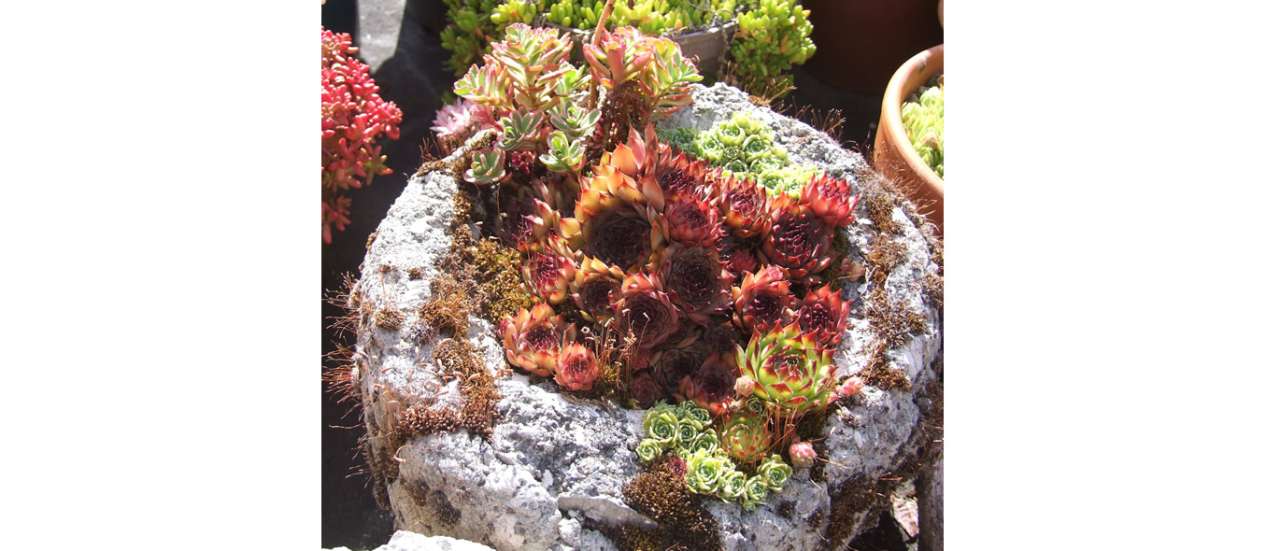 Here I have another hypertufa, one simulating a rock which gives the perfect visual look for sempervivums which naturally would grow in rock crevasses high in mountains. Here they are grown with the miniature Saxifraga paniculata 'minutifolia' . Though not big or blousey, this miniature landscape in itself is a statement and would be quite fabulous on a table outdoors or on top of low walls. They could also be grown in smaller pots in a collection, especially in hot dry areas where pots behind would be shaded by them, helping to keep the roots of other larger plants cool. This pot stays out all year in full exposure with only a spring feed annually.
Here I have another hypertufa, one simulating a rock which gives the perfect visual look for sempervivums which naturally would grow in rock crevasses high in mountains. Here they are grown with the miniature Saxifraga paniculata 'minutifolia' . Though not big or blousey, this miniature landscape in itself is a statement and would be quite fabulous on a table outdoors or on top of low walls. They could also be grown in smaller pots in a collection, especially in hot dry areas where pots behind would be shaded by them, helping to keep the roots of other larger plants cool. This pot stays out all year in full exposure with only a spring feed annually.
Sempervivum Flowers
Last but not least they do flower of course which is as much of an event in itself as it is showy. Though sempervivums are monocarpic (flowering only once a lifetime) they produce many offspring so the colony continues beyond these rare enough events.
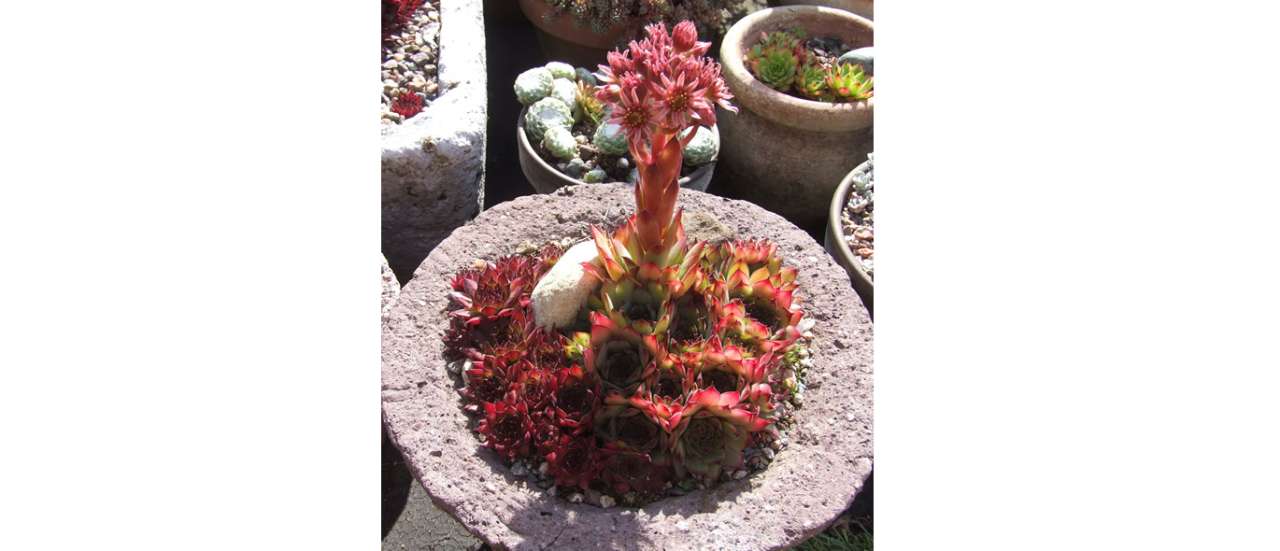
So there you are, my little essay about Sempervivums, often overlook or sidelined to inhospitable corners of 'rockeries' they can be used with more dramatic effect in may other places.
I hope this encourages you to look at these plants differently and have a go at at creating your own display!
All the best,
Brendan.
Brendan has been a valuable staff member at Ardcarne Garden Centre for 4 years now. With a passion for plants, Brendan is also a visual artist, working in multi media and multi-disciplines. including, painting, drawing, print, photography, sculpture, & video. You can check out some of Brendan's work on his facebook page.
Homepage banner image (when in use) - Image by Kurt Bouda from Pixabay
Cover Image - Photo by Brendan Dean

